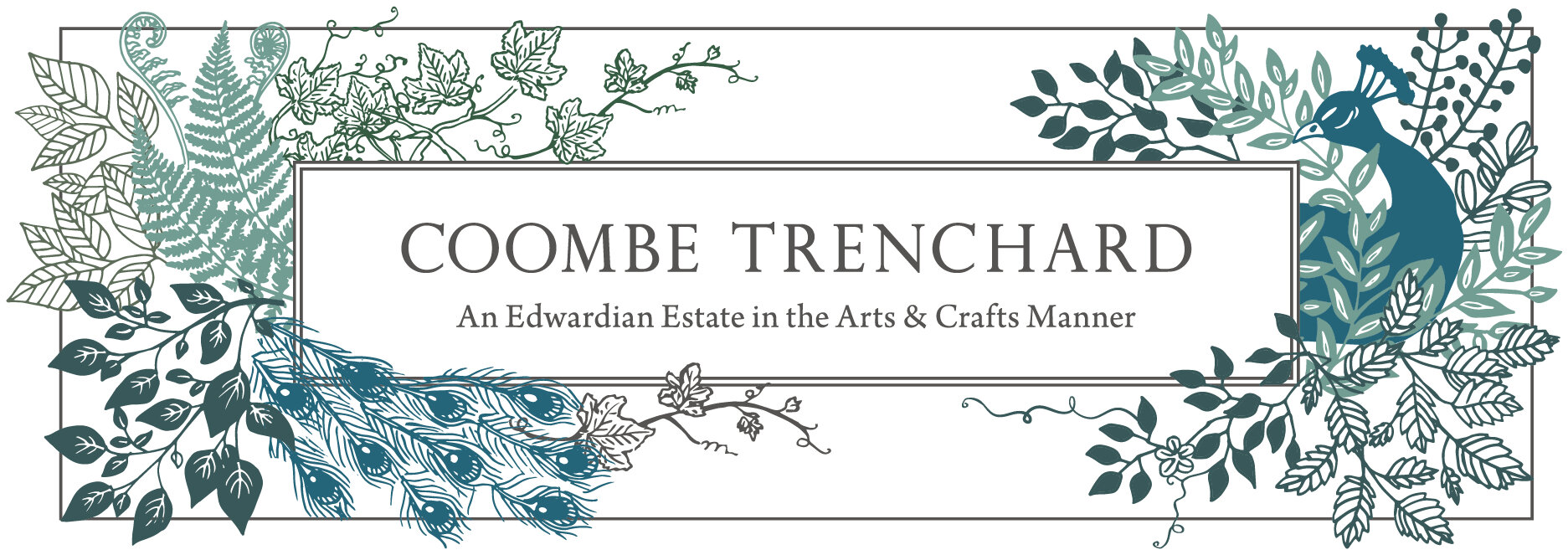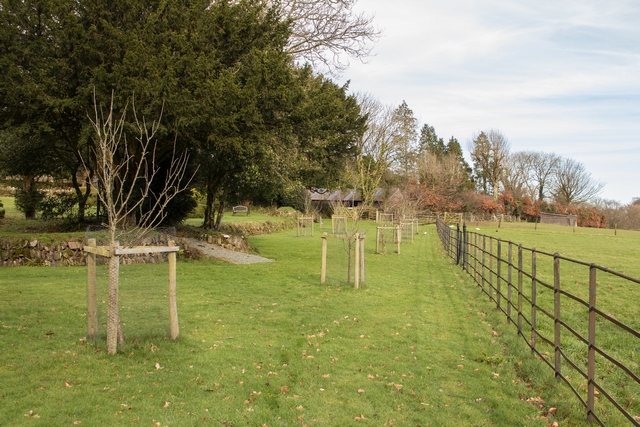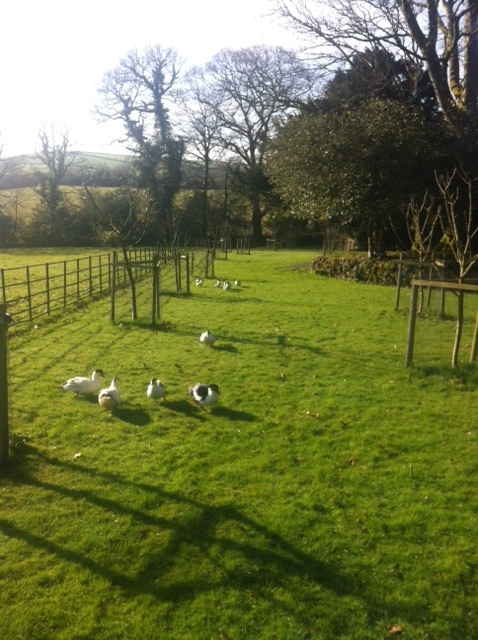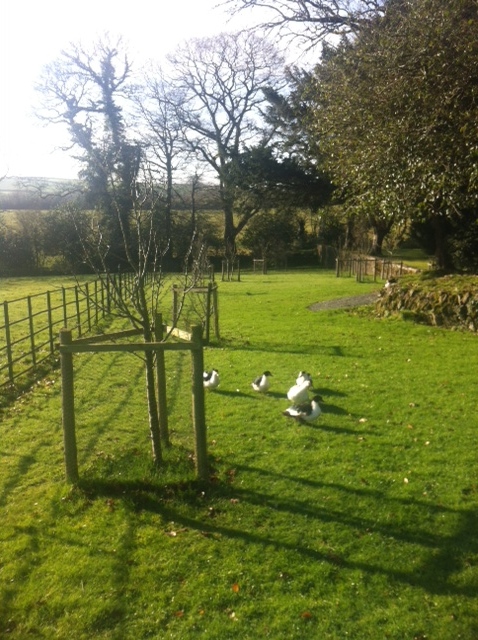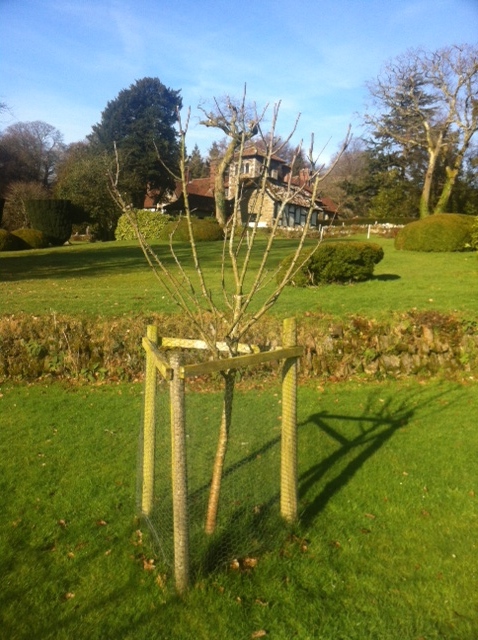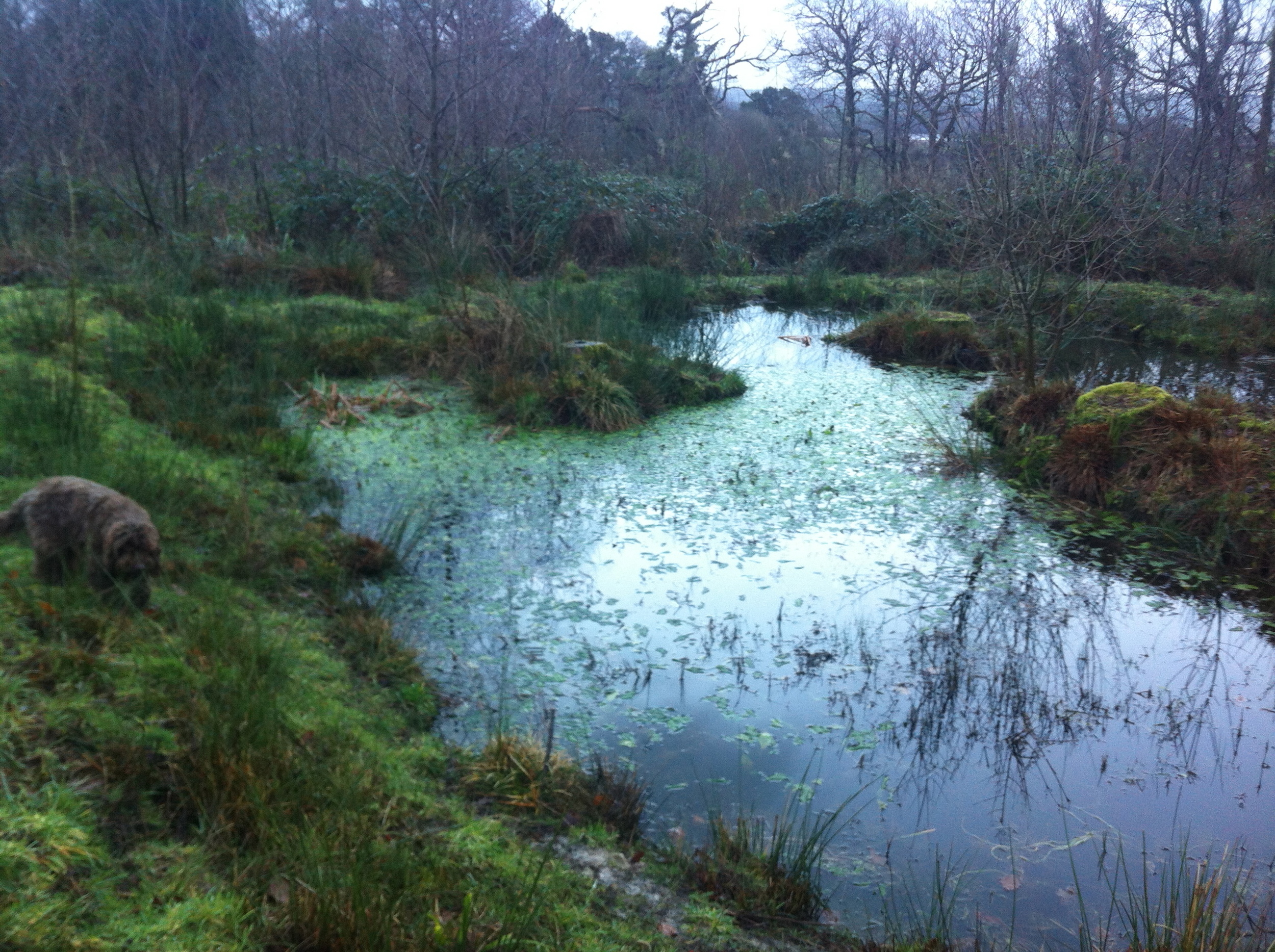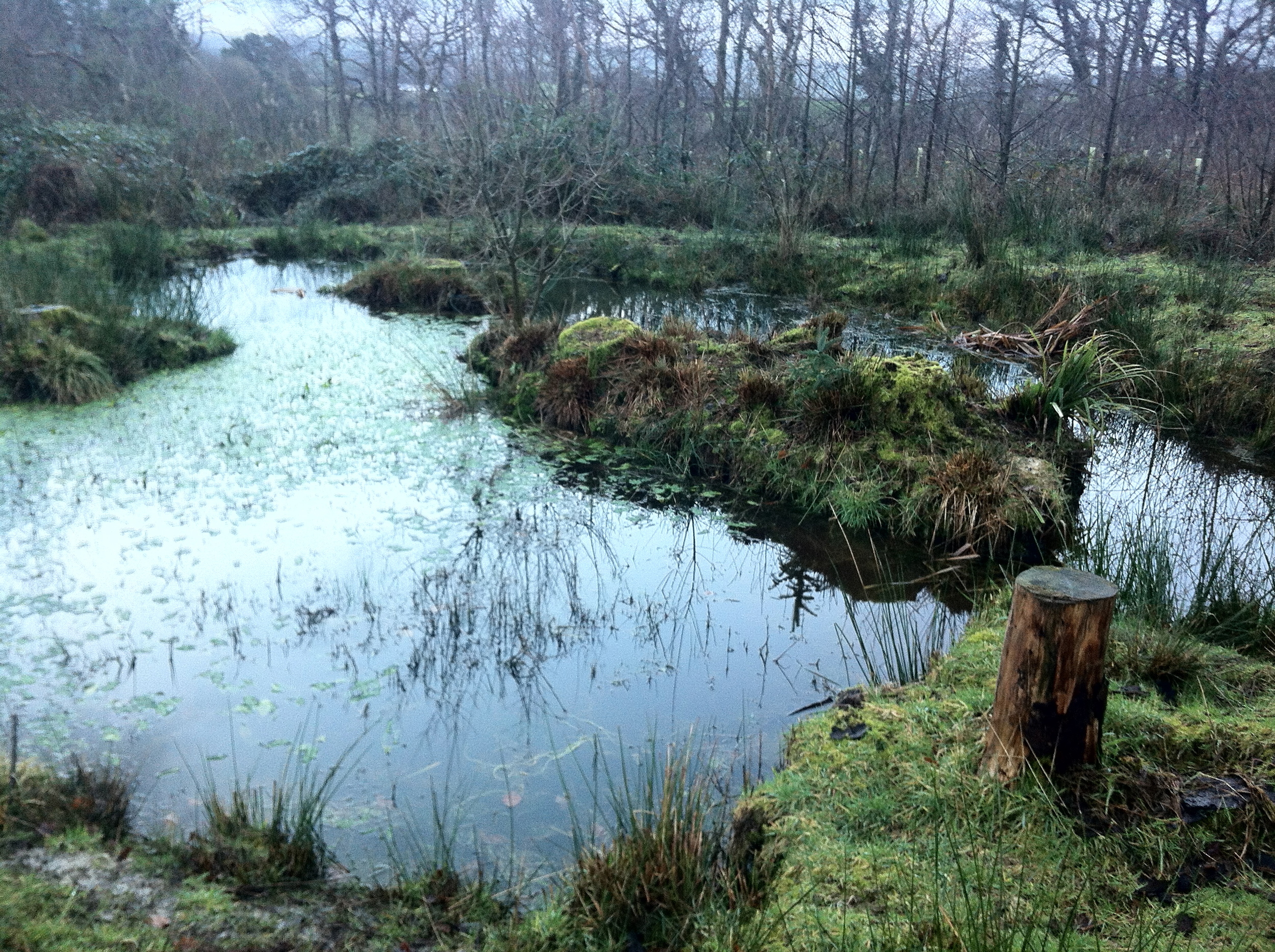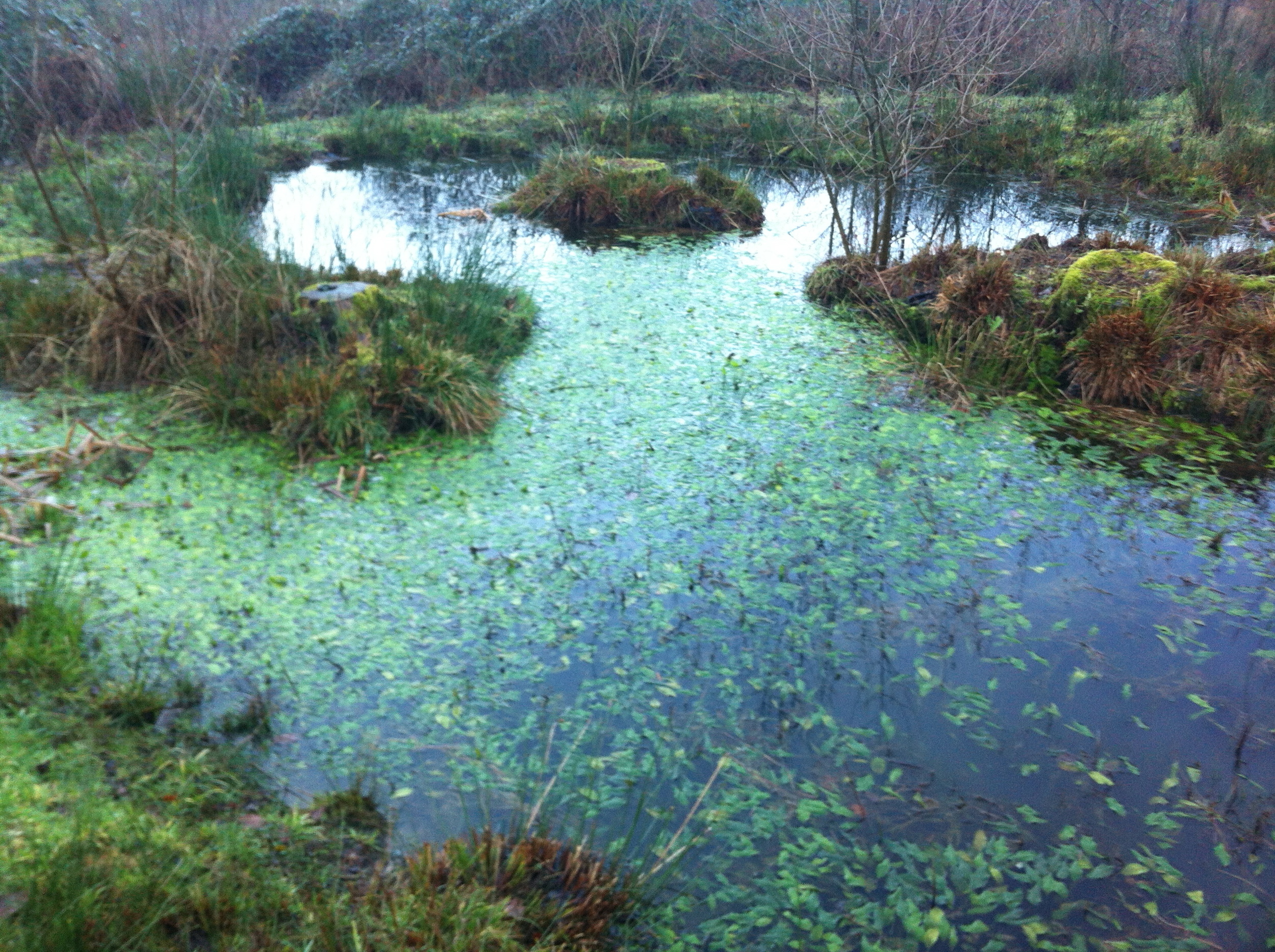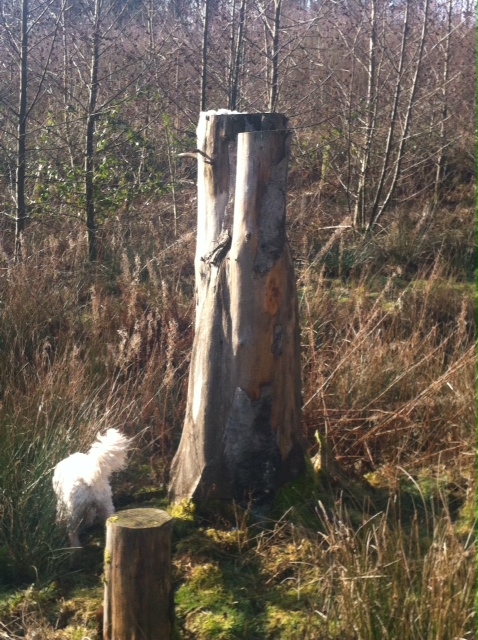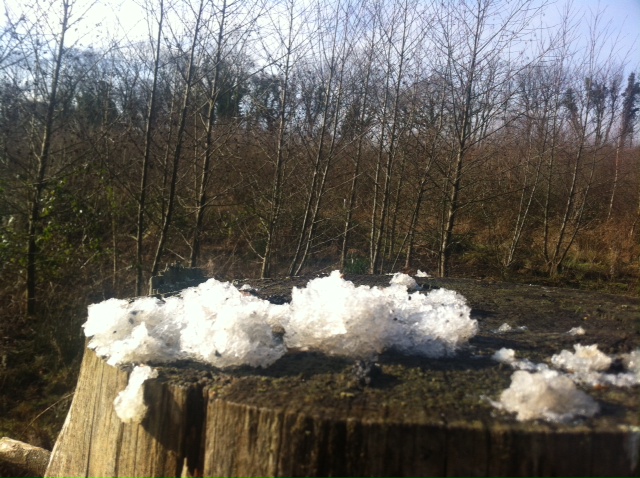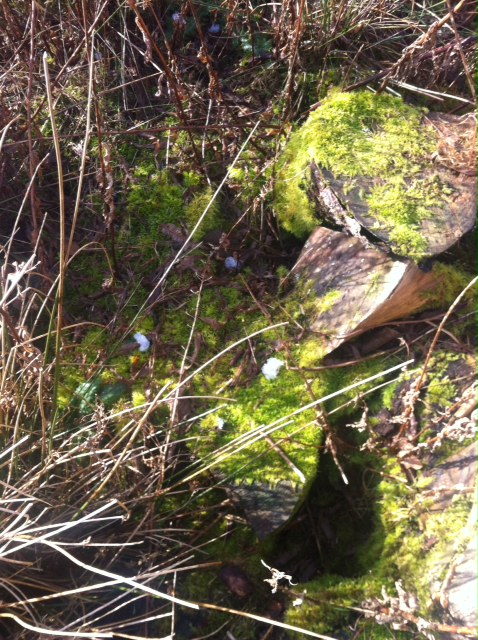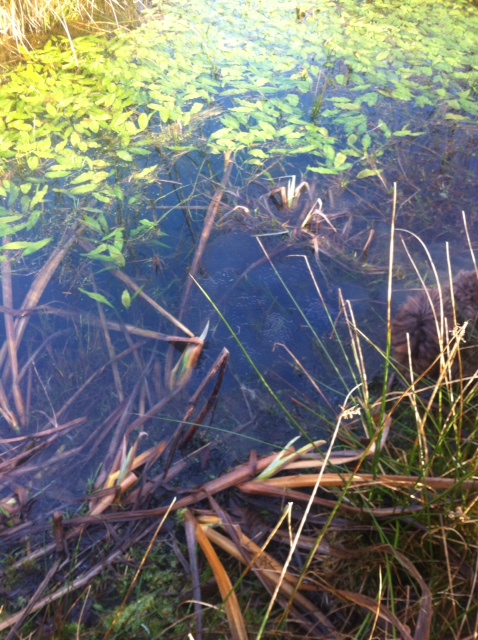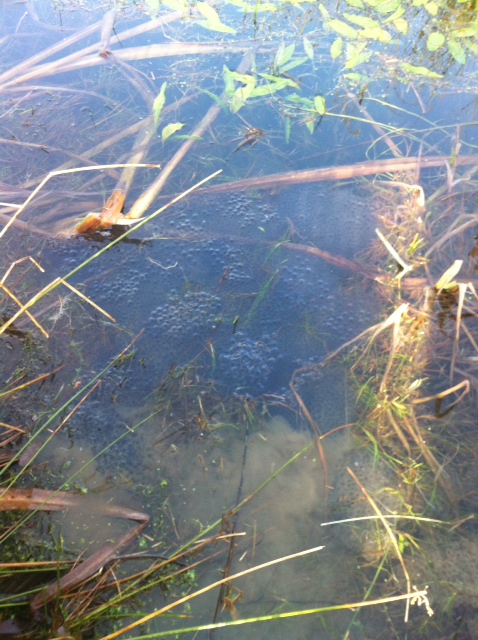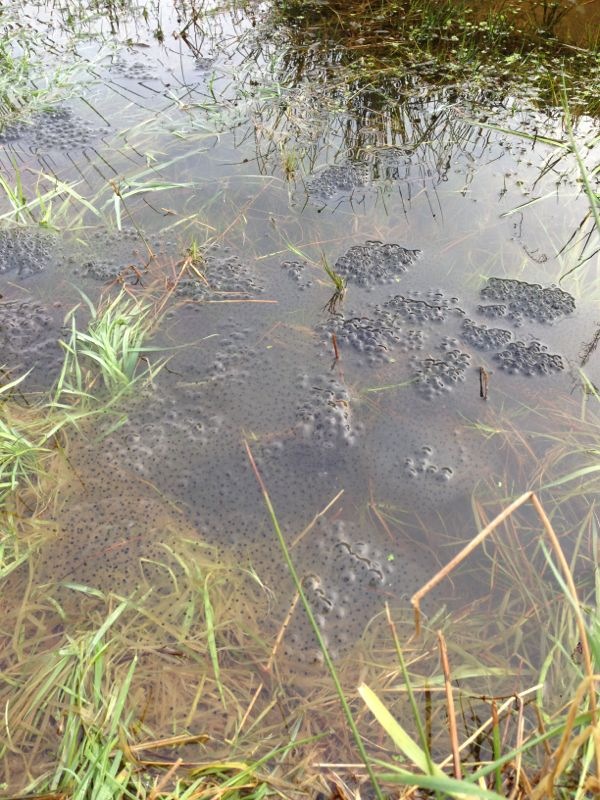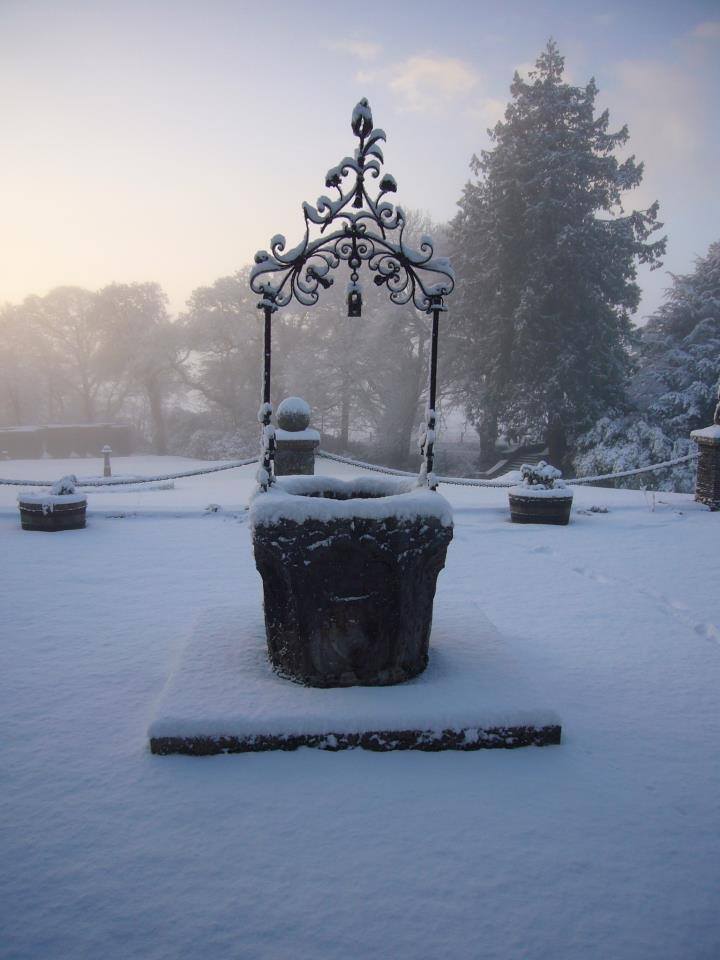Hydrangeas & Headaches by Ben Probert
Charles Dickens summed up the weather of early March so well in 'Great Expectations'; “it was one of those March days when the sun shines hot and the wind blows cold: when it is summer in the light, and winter in the shade”. The trade-off for the glorious views at Coombe Trenchard is that when the wind is in the right direction it can bring quite a chill, but it's amazing just how much everything is springing into life.
Even through the rain and cold winds of the last few weeks the garden has stirred; perennial plants in the border are peeping up from the ground, buds are swelling on the shrubs and trees, and all around the birds are starting to think about nesting. With each day that passes we move closer to the warmer days and to the point where spring has truly arrived.
Coombe Trenchard has an extensive area planted up with Hydrangeas; these once unfashionable plants have been seeing a return to popularity in recent years, especially with the introduction of so many excellent new varieties. During the summer the Hydrangeas make an impressive display along the banks of the stream that runs through the garden, but to get this display right they all need a little early spring tidy.
Gardeners are often scared of pruning Hydrangeas, but the process really is usually fairly simple. For 'mophead' and 'lacecap' varieties pruning is simply a matter of cutting off last year's flower heads to just above the next pair of buds down. While most if not all 'lacecap' Hydrangeas flower on the current season's wood, traditional 'mophead' Hydrangeas often bloom on old wood (stems from last year), with newer varieties flower on both old wood and new stems. Not knowing precisely which varieties are growing at Coombe Trenchard introduces an element of risk; from the remains of last year's amazing display it looks as though nearly every stem has bloomed, so if these are varieties that only bloom on the previous season's wood then we're going to be very disappointed this summer! Looking at the stems it looks as though the varieties did flower on current season's wood, so disaster should be averted, but with much resting on these blooms for this year I'll be nervously biting my nails until I see the flower buds!
Last year the group of Hydrangea 'Annabelle' near the stream flopped and looked untidy, so this year we've pruned them back much harder. This form of the American Hydrangea arborescens has become very popular in the last few years and has been joined by several different new forms, all of which are superb. Hydrangea 'Annabelle' was planted among the other Hydrangeas so that the big balls of white flowers would combine well with the more conventional Hydrangeas in the display. As Hydrangea arborescens flowers on new wood (stems produced the same year) it can be pruned fairly hard back, and with a good season these plants should reward us all with beautiful flowers.
In an ordinary garden a Hydrangea that is alive but not blooming would just be an irritation, but at Coombe Trenchard the Hydrangea blooms are often used in flower arrangements for the weddings that take place at the house. With an eye toward sustainability, flowers picked from the garden are a very important part of Coombe Trenchard weddings so getting things right is critical!
The Hydrangeas aren't the only things that cause headaches in the garden at Coombe Trenchard! Given that the house and its garden are over 100 years old there are several old trees and shrubs in the garden that need care. While most are looking great and need minimal intervention, such as the magnificent gnarled old Wisteria growing along the house, others might not be doing quite so well. The tree that's causing me the most concern now is an old evergreen Magnolia grandiflora growing against a wall. Magnolia grandiflora is a characterful species; native to parts of the USA, it is easily recognised by its large leathery leaves and huge scented cream flowers in summer. Magnolia grandiflora is naturally a large tree, although it can be pruned and trained fairly easily and kept under control. When I was asked to look at the Coombe Trenchard Magnolia I started thinking about ways to prune it and revitalise it, but then I saw it wasn't in good health. Looking at the stem I would say that some disaster has hit this plant; maybe a hard frost when it was young caused severe damage, maybe disease...? We will never know for certain what happened to this tree but that's not really important; now it's a matter of seeing what can be done to protect it.
Seeing a plant of any decent size with only half of its trunk is a testament to just how tough so many garden plants actually are! After whatever caused the damage had gone the plant repaired itself as best it could and carried on growing. The problem that we now face with this tree is that it's growing very one-sided, which would make any tree a little more unstable but with the trunk so badly compromised the question is whether it has any future. I'm told that this Magnolia flowers so late each year that the buds and emerging blooms are destroyed by frost, so this is certainly not a plant to keep for flower either, and it's plain to see that the tree isn't in good health. It's likely that the tree will have to go, but there is an enormous degree of apprehension. This is clearly an old tree and has been a part of the garden at Coombe Trenchard for many decades, and if and when the decision is made to remove it that decision will certainly not be made lightly.
Death and rebirth are a part of any garden. Each February and March, Coombe Trenchard plays host to a fascinating reminder of its past. Many years ago a magnificent beech tree (Fagus sylvatica) grew on the lawn, surrounded by a carpet of Crocuses. The tree eventually died, was felled and the ground was returned to grass, but every spring the Crocuses still appear and carpet the ground in a ring of purple and white, a testament to the tree that once stood there and an annual reminder of the garden's rich history.
https://coombetrenchard.squarespace.com/config#/collectionId=52810f64e4b0f8aebbcae0f9|/
